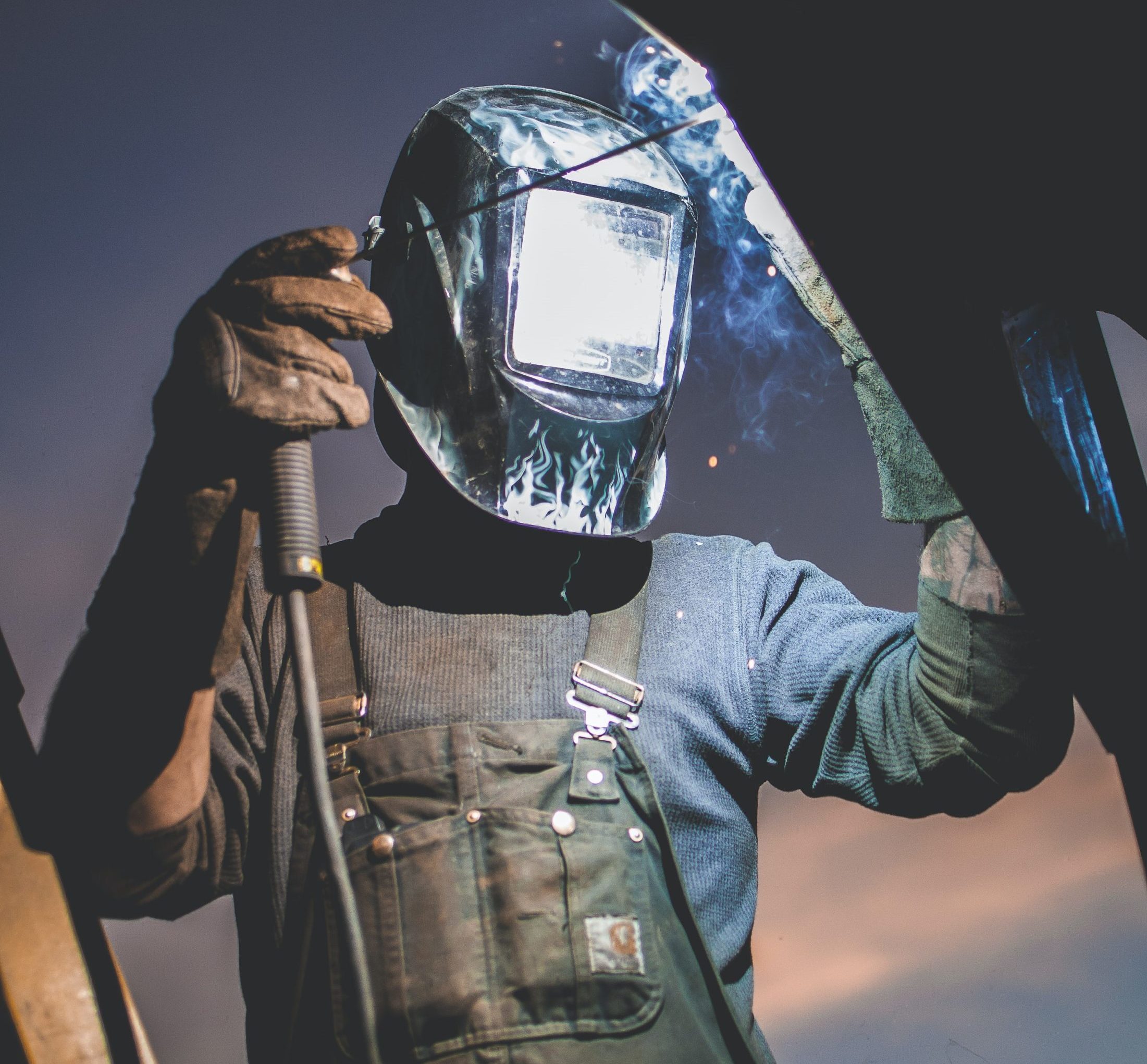
Mission statement – NO JOB IS TOO BIG OR SMALL FOR US!
NO JOB IS TOO BIG OR SMALL FOR US!
WCTR has been operating a welding repair and fabrication shop in greater Sudbury region since 1995. WCTR is a trusted name in greater Sudbury and possesses extensive knowledge when it comes to metal fabrication. We have overtaken a variety of different projects and always delivered with precision and finesse
We could talk about all the different types of jobs that the metal fabrication side of our business operates:
- Metal Fabrication
- Custom Steel Fabrication
- Plasma Cutting
- Trailer Repair

